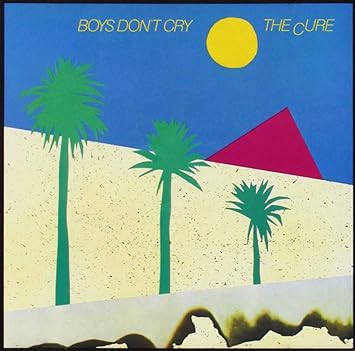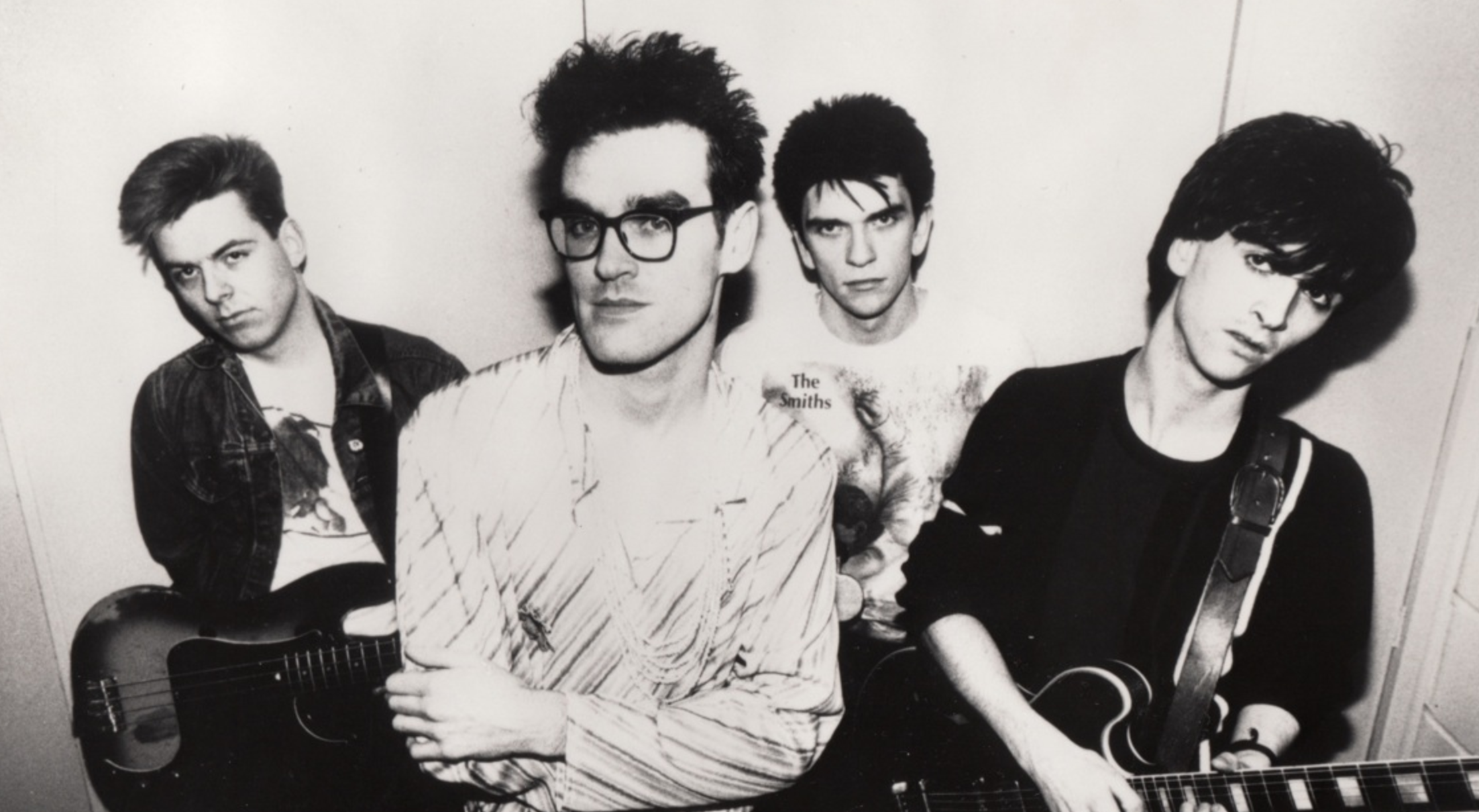As we approach this year’s College Radio Day on October 2, we take a look at college radio’s important musical legacy.
By Dave Sarkies
College radio’s unique status as a platform for music typically not heard elsewhere is its draw; its ability to launch the careers of unknown acts is its power. Myriad major acts who got their start from the late ’70s to early ’90s – a golden age in college radio – can attest to that.
It started when commercial radio became more formatted and pre-programmed, featuring narrow playlists with little or no room for newer, less established acts. As younger listeners craved something different, they tuned to college radio, where they heard music lumped under the somewhat vague term ‘College Rock’. Including a range of styles, from punk to new wave and folk pop to noise rock, College Rock became the basis of the alternative rock format that thrived in the ’90s.
It’s hard to properly articulate the phenomenon that radio was (and, largely, still is) and how much of a boon it was to the music industry. I guess you could compare it to the emergence of TV and the effect that channels such as MTV had on the music scene and people’s ability to discover great bands and artists. In fact, according to Infinity Dish statistics, cable viewers are still consuming their favorite content like there’s no tomorrow to this day. Music stations are very much still attracting the attention of music lovers everywhere and lots of people continue to enjoy tuning into their favorite radio stations on their TV too, so that technology is certainly not being left behind.
The list of bands who have received a boost from college radio is long and diverse. Here is a sampling of bands that the platform helped put on the map:
1) R.E.M.

Arguably the band that defined the College Rock genre more than any other, R.E.M. may have never reached the heights of rock superstardom they eventually attained without major support from college radio. A thriving music scene in their hometown of Athens, Georgia certainly didn’t hurt, but when their first single, “Radio Free Europe“, created a murmur about the band with a strange folksy-jangle pop sound and unintelligible lyrics, college stations took note. When their debut album garnered attention, R.E.M. became one of the most talked about bands on college campuses and the alternative music scene. After several acclaimed records, regular touring and the ongoing support of college radio, R.E.M. achieved mainstream success in the late ’80s with songs like “The One I Love”, “Orange Crush”, and the ever-popular “It’s the End of the World as We Know It (And I Feel Fine)”, going on to become one of the biggest bands in the world in the ’90s.
2) B-52’s

Hailing from the same vibrant Athens scene but predating R.E.M., the B-52’s drew from ’50s and ’60s fashion and pop culture and the developing punk and new wave scenes to create a unique sound and aesthetic. Following the underground success of “Rock Lobster” in 1978, which landed them invitations to perform at New York’s legendary CBGB, the band developed a cult following. It wasn’t until the late ’80s that the B-52’s became a household name with the smash success of “Love Shack” and the follow-up hit “Roam”, but the years of fan loyalty and college radio airplay finally paid off.
3) 10,000 Maniacs
With a sound not altogether different from that of R.E.M. (with whom they developed a friendship) but with a female lead vocalist and more coherent lyrics, 10,000 Maniacs sprung up out of the unlikely location of Jamestown, New York in the early ‘80s with a fresh brand of acoustic pop. Following critical acclaim, the band released the pop oriented In My Tribe in 1987, which garnered significant college radio airplay with songs like “Hey Jack Kerouac“. Two albums later, the Maniacs hit it big with Our Time in Eden, featuring hits “These Are Days” and “Candy Everybody Wants”. The next year, Merchant left the band to embark on a successful solo career.
4) U2

The only band on this list bigger than R.E.M., U2 hit the international scene in 1980. Proving College Rock was not just about American bands, the Irish quartet garnered great attention on college radio airwaves, with early classics “I Will Follow” and “Gloria”, setting the groundwork for major success to come. 1983’s War put them on the map with legendary tracks “Sunday Bloody Sunday” and “New Year’s Day”. It wasn’t long before U2 was a major band on the international scene. Moving from post-punk to alternative to art-rock and back to a more mainstream sound while always having something to say spiritually and politically, U2’s allure may have eventually established them as a major band regardless. But without college radio, perhaps not with such resounding success.
5) The Cure

Forming in the U.K. in the late ’70s, the Cure provided another example of English flair. With a gloomy persona and lyrical themes, singer Robert Smith became concerned their dark aura might turn some away, the band adopted a more accessible sound and made a splash with the hit “Let’s Go to Bed”. Later gems such as “Just Like Heaven” and “Friday I’m in Love” received major airplay on college radio and alternative rock airwaves well into the ’90s. While Smith remains the only original member, the Cure has been a major influence on bands ranging from Interpol to Smashing Pumpkins.
6) The Smiths

Not to be outdone by the Cure, the Smiths added their own brand of gloom, and were a perfect fit for the College Rock format. Featuring enigmatic lead singer Morrissey’s monotone vocal style, the band’s satirical (and not the least bit cheery) lyrics projected the misery of finding oneself that many go through during their college years, particularly on the positively mopey “Heaven Knows I’m Miserable Now”. Lyrics such as “Because the music that they constantly play, it says nothing to me about my life” from “Panic” summed up succinctly the cravings for new music of so many students tuned in to college radio at the time. The sonic classic “How Soon Is Now?” is an essential element of early alternative rock that can still be heard regularly today. While ‘now’ did not last long for the Smiths, Morrissey has since gone on to a successful solo career.
7) Hüsker Dü

One could argue the College Rock genre got its start with the punk movement of the late ’70s, with bands like the Sex Pistols, the Clash and the Ramones paving the way for hordes of punk bands that soon popped up everywhere, making names for themselves via the club scene and college radio. Among the wave of punk bands was Hüsker Dü, featuring a fast, primal sound – as heard on “In a Free Land” –that made them one of the first to be labeled hardcore punk. In 1984, though still rooted in the fury of hardcore, the double album Zen Arcade brought critical praise as the band experimented with more melodic, guitar-driven songs. Eventually, Hüsker Dü crossed into alternative rock, and are considered instrumental in the creation of the genre. Since breaking up in 1988, singer/guitarist Bob Mould has established one of the more significant legacies among musicians emerging from the punk scene.
8) Replacements

Like Hüsker Dü, the Replacements emerged from the Twin Cities. The band showcased diverse influences, and after several early releases, received airplay on hundreds of college stations. They later paid the platform back with the college radio anthem “Left of the Dial“. As the ’80s progressed, they continued to produce quality records and achieved mild mainstream success and commercial airplay with the 1988 gem “I’ll Be You”. Since breaking up in 1991 (with several reunions since), guitarist/singer Paul Westerberg has established a significant reputation, much like Hüsker Dü’s Bob Mould, and the Replacements’ influence remains wide-ranging.
9) Pixies
:format(jpeg):mode_rgb():quality(40)/discogs-images/R-1889272-1250418967.jpeg.jpg)
A major act on the alternative scene starting in the late ’80s, Pixies drew on punk and surf rock, developing a dynamic, sometimes jarring sound with frequent loud-quiet shifts and unique song structures. With lyrics covering offbeat themes, such as on the epic “Where Is My Mind?“, Pixies gained attention for 1988’s Surfer Rosa through airplay on college and alternative rock radio. With “Here Comes Your Man” and the bizarre “Monkey Gone to Heaven”, the band continued their adventures in noise rock. After breaking up in the early ‘90s, their popularity only grew, as acts like Nirvana and Radiohead professed Pixies’ impact on their own music. Reforming in 2004, they have endured as one of the more respected bands in alternative rock.
10) Smithereens

Smithereens take their place not only on the list of bands who attained success due in part to college radio, but among bands whose music could have been equally contemporary in the ’60s or ’70s as it was in the ’80s and ’90s. Singer Pat DiNizio’s songwriting prowess, particularly for catchy power pop, makes one wonder how such a band never attained major success. With classics like “Blood and Roses” on their 1986 debut, “Only a Memory” from 1988’s Green Thoughts, and the stellar “A Girl Like You” on the 1989 release 11, Smithereens solidified their reputation for songs with great hooks, influenced heavily by early rock and the music of the ‘60s British invasion. Though DiNizio passed away in 2017, Smithereens remain active today.
So, there you have it. Ten bands who would not have reached rock stardom without college radio.
By no means is this a comprehensive list. That would be require a book. This list doesn’t serve to detract from the influential acts of the late ’70s, like Talking Heads, Devo, and others, who along with the punk scene, laid the groundwork for this celebrated era of College Rock and college radio, created new genres, and changed the landscape of the popular music scene. Nor does it discount the thousands of bands – from the years prior to this era, on through the grunge and hip hop of the ‘90s, right on up to today – that have made music not in the mainstream and developed loyal followings through airplay on the college radio airwaves.
Today, with commercial radio even more formula than at the dawn of the ‘80s, splintered genres, and so many vehicles for music exploration, college radio does not often have the impact it did during the classic era of College Rock, but continues to do its thing, providing emerging artists a gateway to greater success with airplay and promotion. Because new music matters, so does college radio.
Show your support for college radio by tuning in for World College Radio Day, Friday, October 2nd on a great college station near you!
Checkout this special Spotify playlist based on this article!






Pingback: The Smithereens: College Rock Legends and College Radio Supporters - CollegeRadio.org